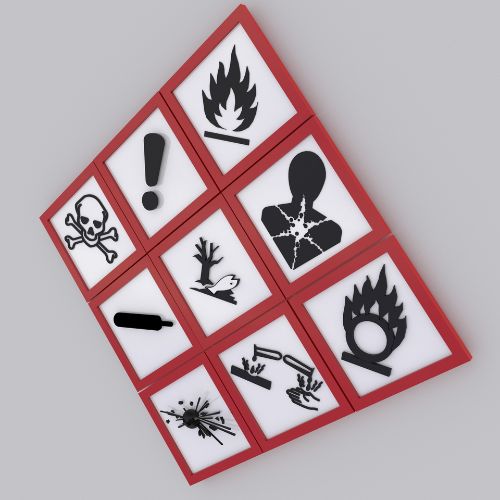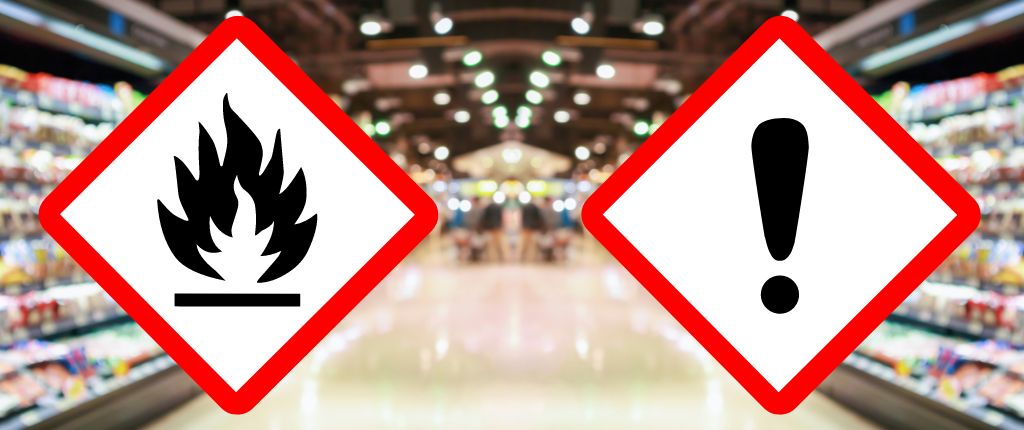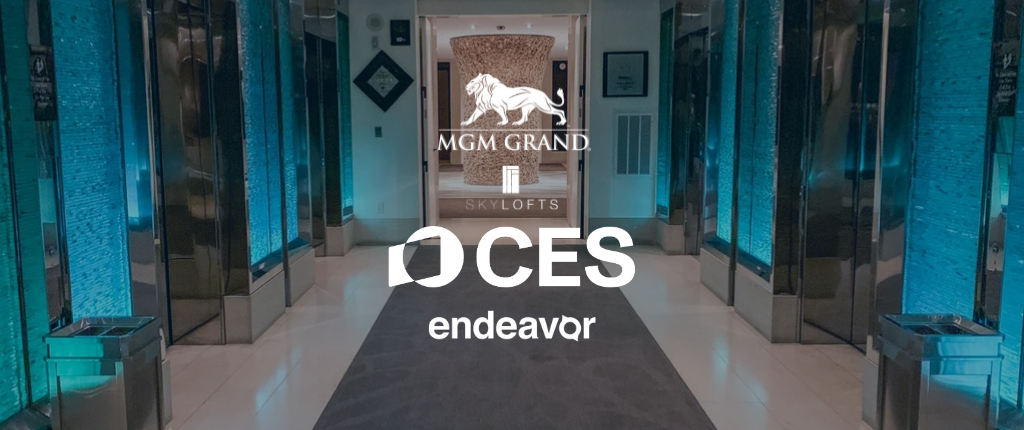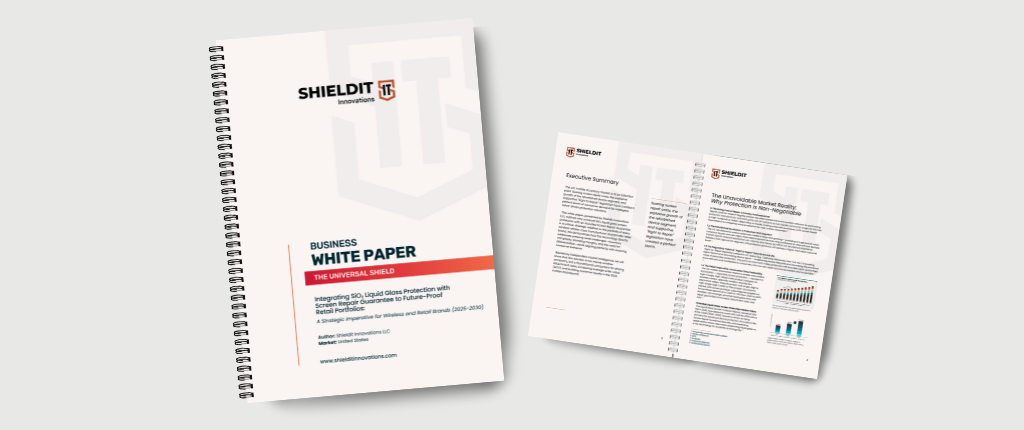At Shieldit Innovations LLC, we are frequently asked, “What hazard symbols should be included on consumer products?”
This is an important question, as getting it right not only ensures safety but also compliance with local regulations. However, the answer is not one-size-fits-all.
Hazard labeling requirements vary widely by country, as each region has its own guidelines for workplace health and safety, as well as consumer product labeling. This regionalization means that businesses need to be aware of the specific requirements for the markets they operate in.

Regional Differences in Hazard Symbols
One of the main challenges we see is the difference in regulatory frameworks from country to country. For instance, the European Union follows CLP (Classification, Labelling, and Packaging) regulations, which align with the UN’s Globally Harmonized System (GHS) for chemical hazard communication. Meanwhile, in the United States, the Occupational Safety and Health Administration (OSHA) has its own set of standards under the Hazard Communication Standard (HCS), also based on GHS, but with some nuances that distinguish it from other regions.
In Canada, WHMIS (Workplace Hazardous Materials Information System) is the guiding standard, with its own set of pictograms that must be included on products. Other regions, such as Australia, New Zealand, and many countries in Asia, have similarly adopted GHS but with local variations in how symbols are presented and what additional labeling might be required.
Workplace vs. Consumer Product Labeling
Another distinction that often confuses our partners is the difference between workplace health and safety labeling and consumer product labeling. For workplaces, hazard symbols are designed to protect workers who may be handling chemicals frequently, and these symbols must often adhere to more stringent guidelines. This can include detailed hazard information like specific chemical concentrations, appropriate personal protective equipment (PPE), and storage instructions.
On the other hand, consumer product labels are designed to inform end users who might have no prior experience with chemical products. The labels for consumer goods often prioritize clear, concise warnings that can be easily understood, even by those who are not trained in handling hazardous materials. These labels might include simplified symbols and less detailed information but are still critical for conveying the necessary warnings and instructions for safe usage.
Know Your Local Regulations
At Shieldit Innovations, we always encourage our B2B partners to familiarize themselves with their local governmental regulations for importing and selling chemical products. Understanding the regulatory landscape in each target market is not only a legal obligation but also a way to build trust with your customers.
Whether you are selling into the European market, the United States, or anywhere else in the world, it is essential to ensure your product labels comply with the relevant local standards. This includes not only hazard symbols but also safety instructions, ingredient lists, and any required certification marks.
We’re Here to Help
Navigating the complexities of international regulations can be daunting, but you don’t have to go it alone. At Shieldit Innovations, we can offer advice on the appropriate hazard symbols and labeling practices for your products, based on the regions you are targeting. Our team has experience working with a wide range of regulatory frameworks, and we are here to guide you to ensure your products meet necessary compliance requirements.
Feel free to reach out to us and together, we can help you towards making your products safe, compliant, and ready for distribution anywhere in the world.



